True giants of mining: World’s top 10 iron ore mines
The price of iron ore on Thursday turned positive amid new signs that China, which dominates the seaborne trade in the steelmaking raw material, will be pushing ahead with stimulus programs to boost its slowing economy.
The benchmark 62% Fe import price including freight and insurance at the Chinese port of Tianjin added 1.4% to $56.80 a tonne. Iron ore reached a 10-week high last week according to data provided by The SteelIndex and is trading up some 28% from record lows for the spot market hit early July 8.
While today’s price is nowhere near record highs above $190 a tonne reached in February 2011, it is worth noting that iron ore traded for less than $20 a tonne for 40 years before China’s rapid expansion transformed the industry at the turn of the century and made iron the second most traded commodity after crude oil.
Due to rapid global urbanization the world steel consumption nearly doubled over the past decade, from about 800 million tonnes in 2000 to more than 1,500 million tonnes in 2014. China is the leader in both steel production (50% of world total) and iron ore mining (47% of global output in terms of tonnage). China is also the biggest iron ore importer and, as of April 2015, consumed more than 80% of the 1.3 billion tonne seaborne trade.
Steel consumption in China and the world. Source: LKAB Annual Report
Given that iron is the fourth most abundant element on Earth, comprising about 5% of the Earth’s crust by weight, global iron ore market is highly competitive.
These factors led to a significant increase in the supply of iron ore from new mines in recent years, with a number of lowest-cost production centers commissioned mainly in Australia.
Iron ore supply and demand relationship. Source: LKAB Annual Report
An oversupply of iron ore combined with China adding more steel-making capacity than it needed, resulted in a slump in the iron ore spot prices over the past two years, including a staggering 47% decline in 2014 and a further 18% retreat so far this year.
Spot iron ore prices. Source: Vale’s website.
As a result, a number of high-cost iron ore mines have been closed and suspended throughout the world in 2014, with up to 30% of low-grade iron mines shut down in China in 2014 alone.
Some experts argued that higher-cost producers, mainly from China, are falling victim to a strategy pursued by the biggest producers of iron ore, namely BHP Billiton, Rio Tinto and Vale.
Along with Fortescue, these companies account for more than 60% of global iron-ore exports. Those iron behemoths have been relentlessly increasing lowest-cost production output.
China’s 2015 Iron Ore Supply CFR Costs (including royalties & ocean freight). Published in Fortescue’s investor presentation
As can be seen from this chart, nearly all iron ore production in China is uneconomic under current market conditions, and many local mines have been recently closed / suspended.
Because of the massive scale of closures of iron ore mines, current supply growth is lower than expected. This, combined with recently announced infrastructure spending boost in China, are believed to be the main reasons behind a revived iron ore market.
Having driven out smaller inefficient producers, the world’s giant iron ore centers are best positioned to capitalize on a rising price environment.
Who are those global leaders in iron ore mining?
The following analysis covers those iron ore production centers that have two main distinctive features: disclosure of production numbers by the owner/operator and separate production units running as a single operation. Therefore the iron ore operations ranked here be individual mines or a complex of clustered mines.
The top 10 iron ore mining centers, ranked by ore mined in 2014 calendar year

Source: IntelligenceMine
-
Hamersley.
The biggest iron ore mining center is the Rio Tinto’s Hamersley Mines that incorporates nine mines in Western Australia. These assets are run as a single operation managed and maintained by Pilbara Iron, and produced a total of 163Mt iron ore. Being the biggest iron ore production center in the world, Hamersley is also the lowest-cost operation.
Mount Tom Price mine, part of Hamersley mine complex, Rio Tinto. Photo: Wikimedia commons.
-
Carajas
Vale’s Carajas Mine Complex is the second biggest iron ore production center, which consists of three open-pit mines, namely Carajas N4E, N4W and N5, and operated as the Serra Norte Mining Center. In 2014, Carajas mines produced 120Mt of iron ore. With an average iron ore grade in reserves of about 66%, this is believed to be the highest grade iron ore center in the world.
Ponta de Madeira Terminal – Carajas Mine Complex. Reclaimers and stackers can be seen. Photo courtesy of Vale.
-
Chichester Hub
Fortescue’s Chichester Hub consists of Christmas Creek and Cloudbreak iron ore mines. In 2014, it is believed that Chichester Hub has achieved its annual production capacity of 90Mt of iron ore. For only five years since its commissioning in 2008, Chichester Hub became one of the biggest iron ore producing centers globally.
Christmas Creek mine – Chichester Hub. Image courtesy of Fortescue Metals Group.
- Yandi
BHP Billiton’s Yandi mine, located in Western Australia, is the biggest single-pit open-cut iron ore in the world in terms of annual production. In 2014, 80Mt of iron ore were produced there.
Yandi iron ore mine. Image courtesy of Flickr.
-
Mt Whaleback
Another BHP Billiton’s operation, the massive Mt Whaleback mine, is the biggest single-pit open-cut iron ore mine in the world in terms of pit size. This mine is more than 5 kilometres long and nearly 1.5 kilometres wide. 77Mt of iron ore mined here in 2014.
Mount Whaleback iron ore mine. Photo courtesy of Flickr.
-
Solomon Hub
Fortescue’s Solomon Hub that comprises Firetail and Kings producing mines. Together, Firetail and Kings have an annual production capacity in excess of 70Mt. In 2014, Solomon Hub is believed to produce about 58Mt of iron ore.
Solomon Hub operations. Photo: Fortescue’s website.
-
Area C
The Western Australia’s Area C mine, led by POSMAC JV with major BHP Billiton’s ownership, is seventh with 57Mt of iron ore produced in 2014.
Area C mine. Source: fastjv.com.au.
-
Hope Downs
Eighth biggest operation is Hope Downs mine in Western Australia, operated by the Hope Downs Joint Venture, a 50 / 50 joint venture between Hope Downs Iron Ore, led by Australia’s richest person and iron ore tycoon Gina Rinehart, and Rio Tinto Iron Ore. In 2014, iron ore output at this mine achieved 43Mt.
Hope Downs Mine. Stockyard Machines. Photo courtesy of P&J Project Services.
-
Mariana Hub
Vale’s Mariana mining hub in Brazil consists of three mines, and produced roughly 39Mt of iron ore in 2014.
Alegria mine – Mariana Hub. Photo courtesy of International Mining
-
Sishen
Anglo American’s flagship’s Sishen iron ore mine in South Africa is tenth in terms of iron ore output with 36Mt of iron ore mined out in 2014. Being some 14km long, Sishen mine is one of the largest open pit mines in the world.
Sishen mine. Photo courtesy of Anglo American.
Seven out of the top 10 biggest iron production centers are located in Western Australia, and with whopping 697Mt of iron ore produced in 2014. This Australian state is believed to be the biggest jurisdiction in the world in terms of iron ore output.
IntelligenceMine is global mining market intelligence for Researchers, Investors and Suppliers. Get access to more than 45,000 company and property profiles, a powerful multi-faceted search with comparative result grids, sorting and download capabilities, an online interactive mapper and much more. Find out more at www.IntelligenceMine.com.
More News
Anglo starts talks with banks on possible De Beers IPO
Anglo is pursuing a dual-track process in its effort to exit De Beers by trying to find a buyer for the struggling business.
March 28, 2025 | 12:19 pm
PDAC JV video: Golden Pursuit preps for discovery at sub-Arctic Gordon Lake, CEO says
A program to scan archived core using AI and expand geophysical surveys on the Wooferine-Lynk Zones is set to start soon.
March 28, 2025 | 11:35 am
{{ commodity.name }}
{{ post.title }}
{{ post.excerpt }}
{{ post.date }}

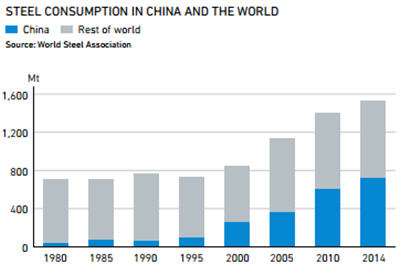
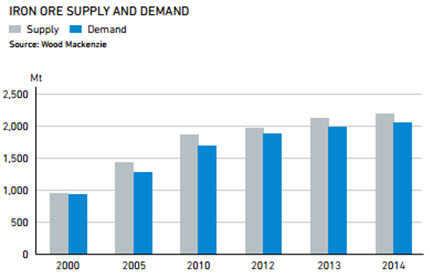
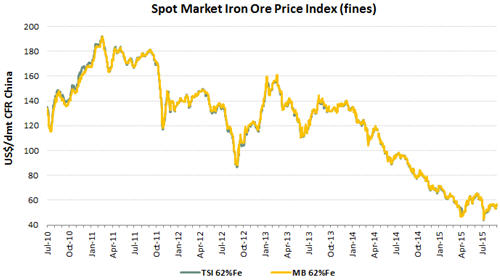
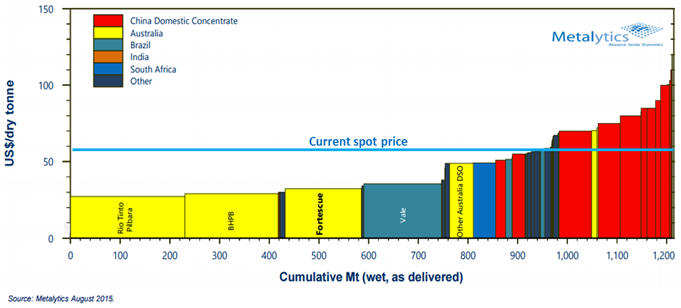

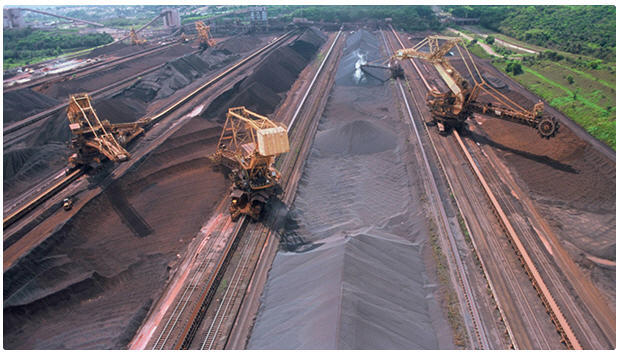
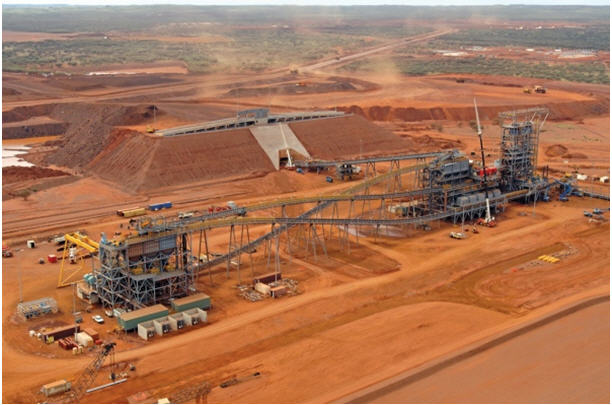
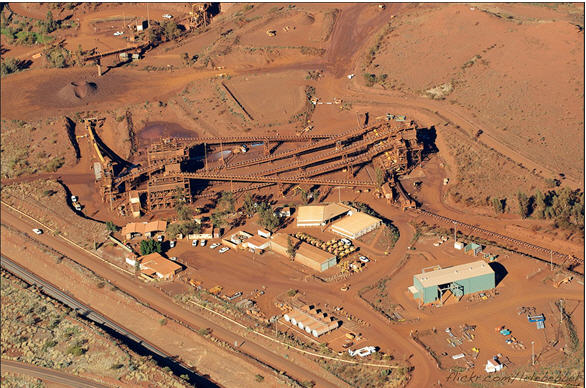
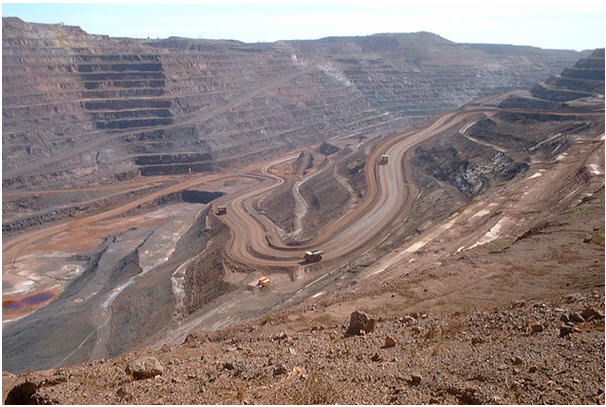
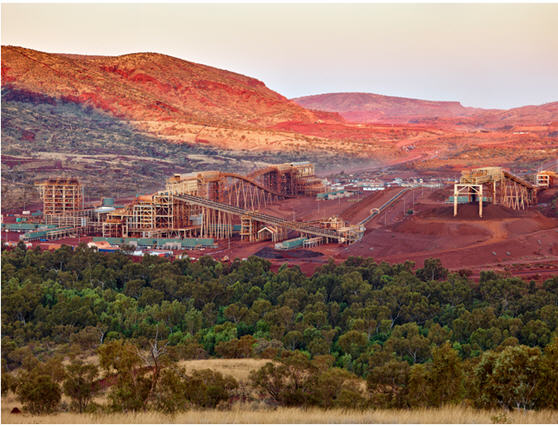
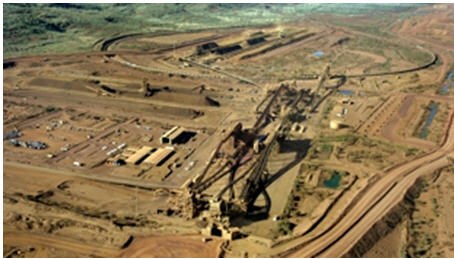
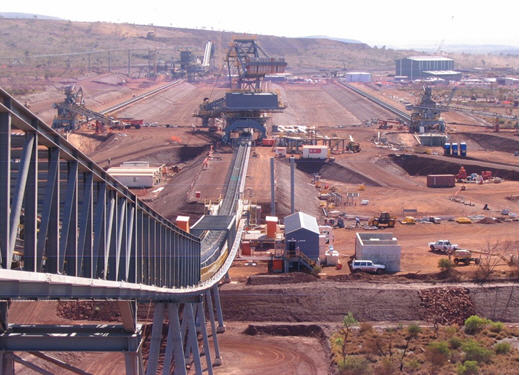
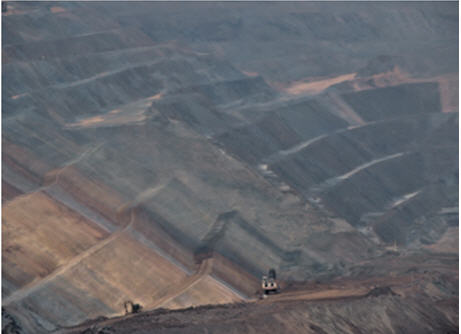
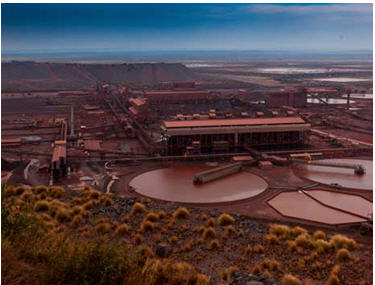


Comments